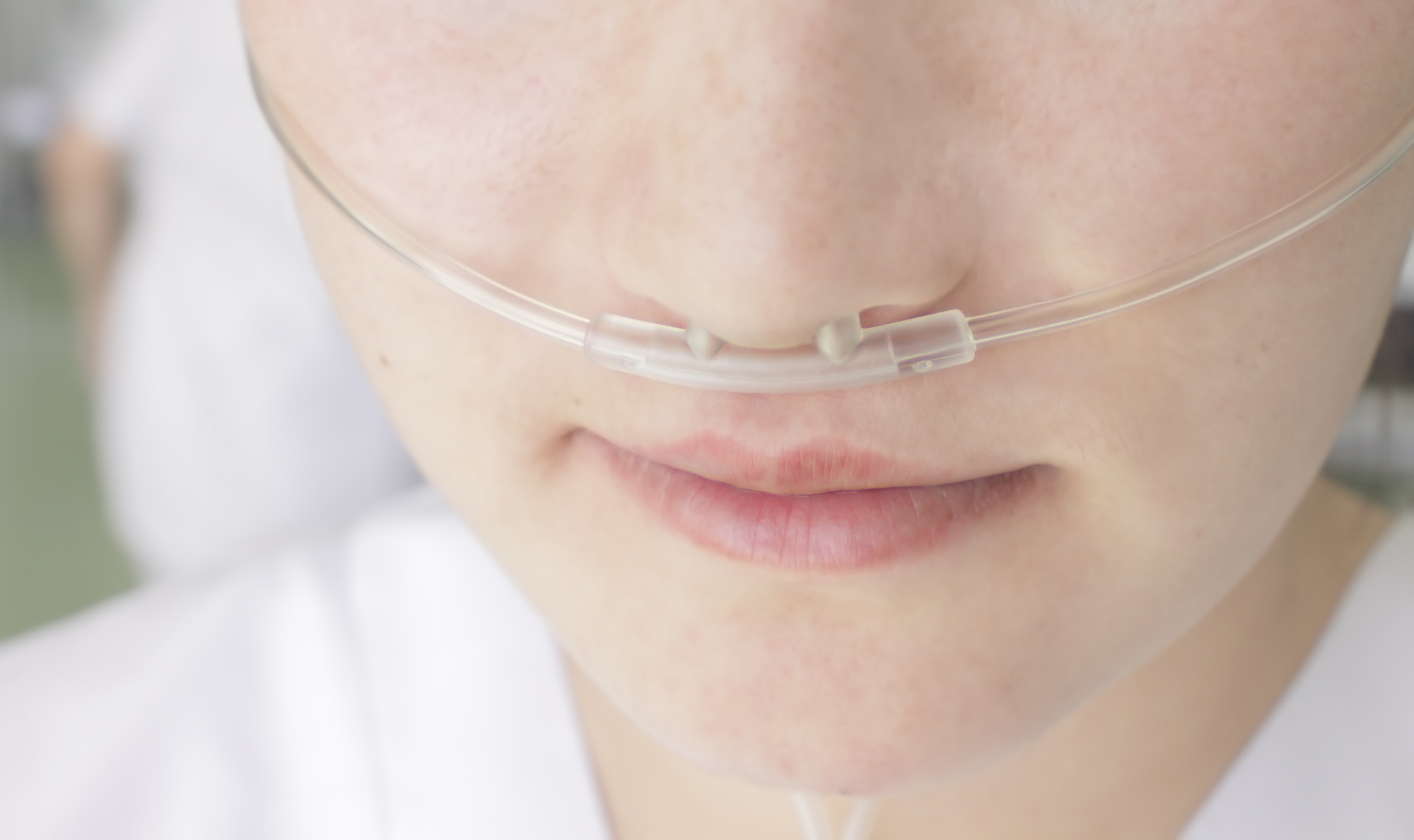Do you have a hard time taking a deep breath? You are not alone. More than 1.5 million Americans use supplemental oxygen to treat respiratory disorders.
Supplemental oxygen therapy can be a lifesaver for some people with medical conditions. Oxygen therapy is highly effective at increasing oxygen in the body to normal, healthy levels. It can improve quality of life and prolong survival despite severe respiratory problems and lung diseases.
Are you wondering about the benefits of oxygen therapy? Keep reading to learn more about oxygen therapy benefits and how you can use it safely.
What Is Oxygen Therapy?
Oxygen is vital for us to play, live, and work each day. However, if someone has chronic lung disease or has low blood oxygen levels, they may need supplemental oxygen to live and for their organs to properly function. Conditions that require supplemental oxygen, whether temporary or long-term, include:
- Pneumonia
- Sleep apnea
- Cystic fibrosis
- Chronic obstructive pulmonary disease (COPD)
- Asthma
- Pulmonary fibrosis
- COVID-19
- Late-stage heart failure
This treatment is common in hospitals but there are also devices people use at home. Some patients use hyperbaric chambers to get the oxygen they need.
Oxygen goes through nasal prongs or through a face mask, which is attached to other medical equipment like ventilators.
Oxygen can also fight infections and heal wounds.
Different Types of Oxygen Therapy
Normobaric oxygen therapy is where a patient receives supplemental oxygen at the same pressure as the atmosphere. Depending on the person’s medical condition, they will get about 40 to 100 percent saturated oxygen to the body.
Getting too much oxygen can be harmful, so it’s important that you get normobaric oxygen therapy under a health professional’s supervision. By getting too much oxygen with normobaric oxygen therapy, you are at risk for:
- Inflammation
- Diabetes
- Heart disease
- Aging
The other type of oxygen therapy is called hyperbaric oxygen therapy with 100 percent saturated supplemental oxygen. This oxygen is delivered to the body at higher atmospheric pressures.
To get this treatment, you will be in a high-pressure, full-body chamber called a hyperbaric chamber. This allows you to get more oxygen to all your body’s tissues and cells. This chamber lets your lungs gather up to three times more oxygen than normal air pressure.
This therapy treats traumatic ischemia, diabetic wounds, burns, infections, and gas or air embolism (or bubbles of air in the bloodstream). It can also be used to treat carbon monoxide poisoning or diver decompression sickness.
You can purchase used hyperbaric chambers for oxygen therapy at home, but you should work with your doctor to create the best treatment plan for your condition.
How It Works
Now, let’s talk about how this treatment works. There are four components in your blood, including:
- Platelets
- Plasma
- Red blood cells
- White blood cells
Red blood cells with hemoglobin require oxygen. Hemoglobin is a form of protein that contains iron. Oxygen binds to these proteins.
Normobaric oxygen therapy increases how often and how much oxygen binds with blood hemoglobin. Increasing oxygen in the body helps the body heal damaged tissue.
The Benefits of Oxygen Therapy
This list continues to grow as more scientists continue research. Here are some ways oxygen therapy benefits patients.
1. Improve Quality of Life
If you don’t have enough oxygen on your own, it is hard for your body to fight off disease. Oxygen therapy increases oxygen.
Low oxygen levels can make you feel tired or breathless, especially after being active. Fluid can also start to build up by your ankles. Increased oxygen levels reduce those symptoms, so you can carry out activities easier.
Supplemental oxygen may also improve:
- Mood
- Headaches
- Sleep
- Irritability
- Mental alertness
- Stamina
- Fatigue
- Swollen ankles
Supplemental oxygen can also prevent brain and heart damage. These organs can easily get damaged when you have lower levels of oxygen in your bloodstream.
By having plenty of oxygen, you can improve your quality of life, and make it easier to complete everyday tasks and functions.
2. Increase Exercise Tolerance
If you have poor exercise tolerance, it limits your ability to exercise. There are studies that show using oxygen during exercise increases endurance, performance, and also decrease breathlessness. If you have COPD, you may be able to exercise with increased oxygen levels.
3. Strengthen Heart Muscles
If you had heart failure, you probably have weaker heart muscles. Because of this, your heart may not pump blood normally, so it can limit the amount of oxygen in your body.
This is not a cure for heart failure, but it can benefit patients at risk for heart failure.
4. Improve Lung Function
If you have acute lung failure, it causes labored breathing. Oxygen therapy can help clear the upper airways to help patients recover from lung failure. This can help improve lung function and reduce the pressure on the lungs.
5. Reduce COPD Symptoms
By getting supplemental oxygen, it can reduce COPD complications by reducing secondary polycythemia, stabilizing pulmonary hypertension, and also decreasing irregular heart rhythms.
It can also reduce the worsening and onset of further symptoms and hospitalizations due to COPD. This means that some patients with COPD may prolong their lifespan and also improve their quality of life.
Breathe Easier
If you want to take advantage of the benefits of oxygen therapy, talk to your doctor today. You can also search “oxygen therapy near me” to find a local treatment facility or discuss at-home treatment with your physician. Getting oxygen therapy may help you prolong your life and help you improve your quality of life, so talk to your doctor today.
Looking for more health advice? Keep exploring our site for ways to live healthier and also save money while doing it.
